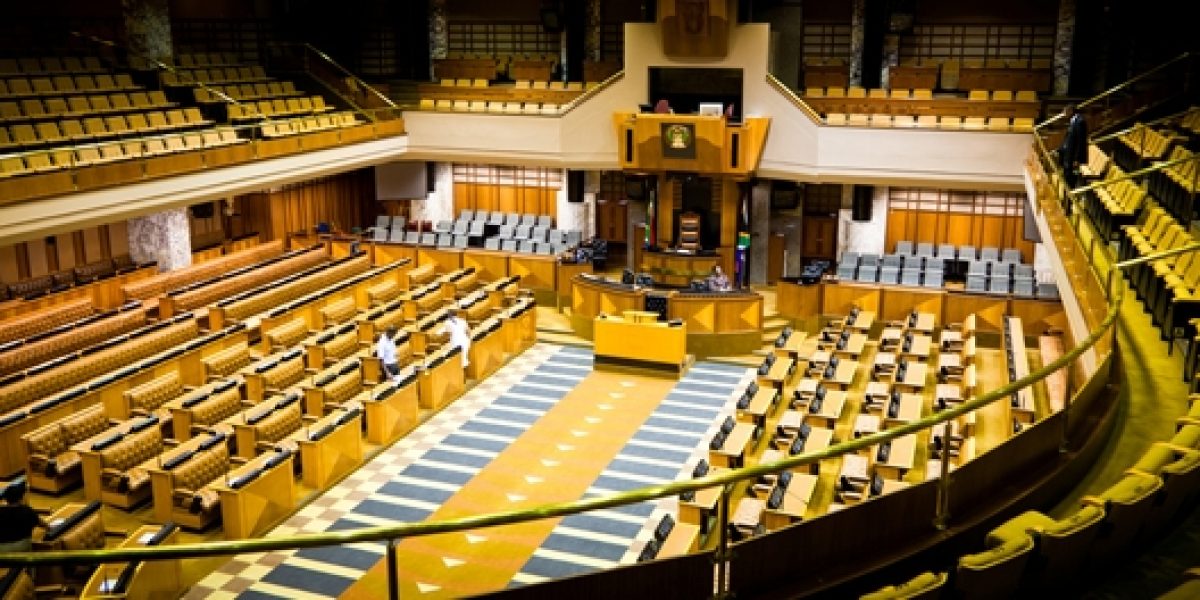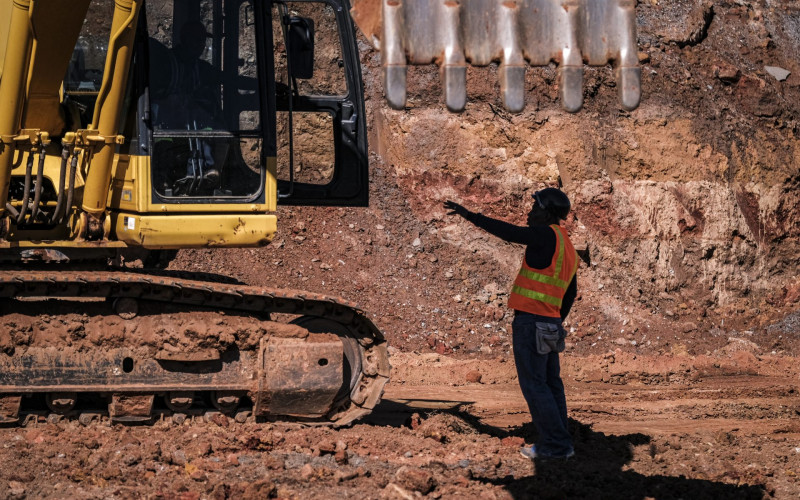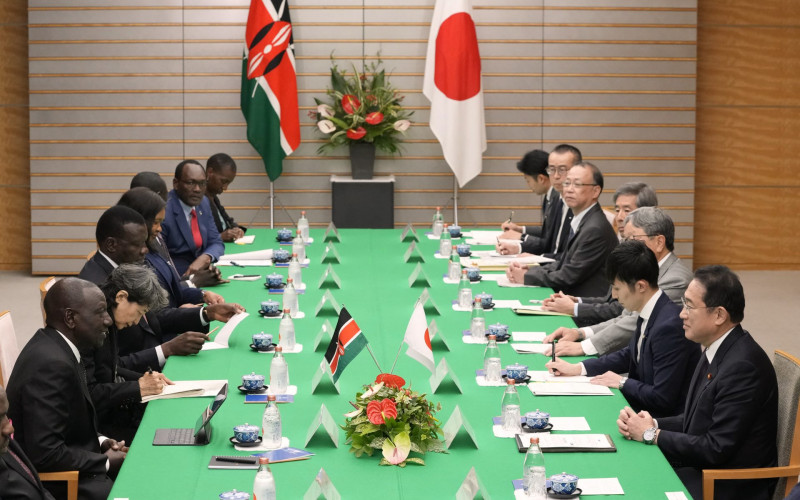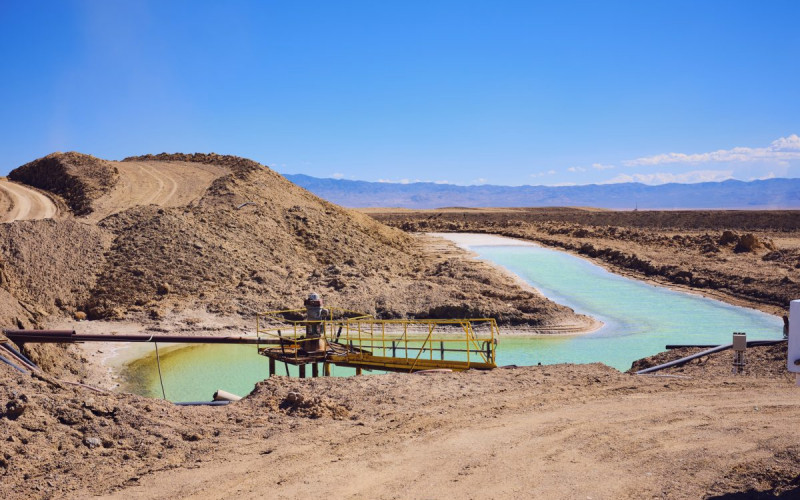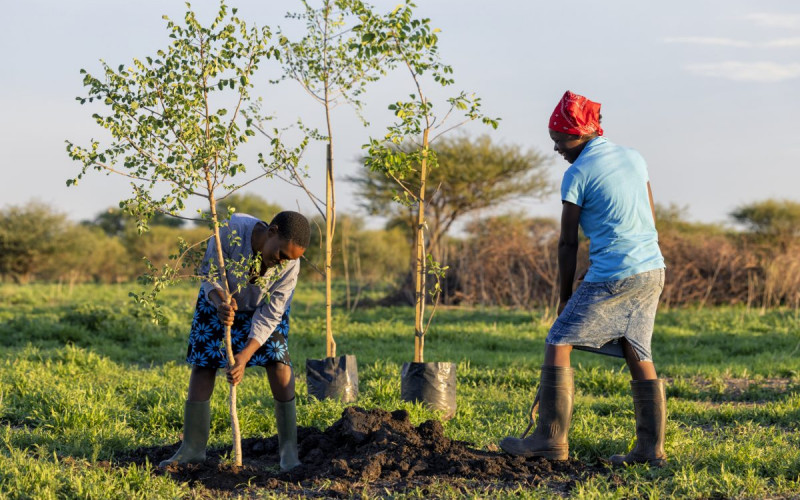Ever since the Mineral and Petroleum Resources Development Act of 2002 (MPRDA) was enacted in 2004, the mining industry has been plagued by regulatory uncertainty. This pertains predominantly to the conversion of old-to-new-order mineral rights and confusion over the extraction of associated minerals. Amongst other things – such as infrastructure constraints – this has suppressed investor attractiveness. Without private investment, the mining industry will continue to contract, creating an outcome South Africa can ill-afford.
Revamping the institutional arrangements that govern the extractive industries – the primary determinants of the sector’s ability to attract investments – is therefore an urgent priority. The MPRD-AB of 2012 is thus the single most important piece of legislation currently before parliament.
Despite having already contracted at a rate of 1% per annum throughout the longest sustained commodity price boom in recent history, the industry still contributes 9% of the country’s Gross Domestic Product (GDP) directly, and 18% indirectly. It is the bedrock of the economy and the primary transmission belt for manufacturing. Mineral exports account for roughly 60% of foreign exchange earnings. Each mining job supports roughly ten dependents. The industry employs half a million people directly.
With these kinds of multiplier effects, and an estimated $2.5 trillion worth of sub-soil mineral reserves, its importance cannot be overstated.
However, this potential wealth is meaningless until it is actually extracted and sold, which requires real investment in mining projects, vast sunken capital and typically a minimum ten-year lead time before production begins. That kind of long-term investment requires far more institutional certainty and stability than is currently available.
Institutions are the primary channel through which the hypothesised ‘resource curse’ operates. Politically, resource rents raise the value of being in power for elites in the dominant coalition. In the case of natural resources, rents often present a form of unearned income to governments that reduces demand for taxation, severing a crucial means of citizen-state accountability. Royalties are one form of rents (that the state receives from literally leasing the resource to private operators), though these can be productive as long as they flow transparently into the fiscus. Directly unproductive rent-seeking, however, tends to occur when mineral rights regimes are administrated arbitrarily and extensive ministerial discretion is legislated. The latest example of this is clearly demonstrated in Goldfields being extorted to pay a bribe to ensure that its application for a rights order conversion was successful.
To improve the probability of re-election, rents are acquired and distributed to expand patronage – this is perceived as less costly than creating inclusive political and economic institutions.
These rents also make it attractive for political elites to block technological and institutional improvements. Such manoeuvring invariably produces regulatory uncertainty, which induces rapacious extraction. Companies discount more steeply and extract more heavily in the short run to reduce the negative effects of future expropriation risk.
The upshot is that mineable ore remains untapped, mines shut down sooner and employment ends more quickly. Income levels fall and development goals remain unmet.
As far as the extractive industries are concerned, research also strongly indicates that the form which mineral property rights takes is a critical micro-level institution for determining likely development outcomes.
Recent work by Pauline Jones-Luong and Erika Weinthal, for instance traces the development outcomes of comparably endowed former Soviet oil-rich states to the type of initial ownership structure of the resource. Countries selected for the study share similar histories and inherited weak, dysfunctional states. Turkmenistan and Uzbekistan incurred typical resource-curse type effects. Both pursued a model of state ownership and control. Per capita income in the former is $5,703 and $2,587 in the latter. On the contrary, Azerbaijan chose state ownership without control, Kazakhstan pursued foreign private ownership and Russia opted for private domestic ownership. Azerbaijan currently has an income per capita of $9,088. Kazakhstan similarly boasts a figure of $10,612, and Russia $13,625.
Different ownership structures alter the bargaining relationship between society and the state. If extractive-industry resources are privately owned, for instance, the private sector is empowered and the state must reduce its reliance on mineral rents as its primary source of fiscal income. Conversely, state ownership and control of mineral wealth tends to result in poor outcomes.
South Africa has a complicated history in this respect. Ownership of both land and mineral rights has historically been unjustifiably skewed in favour of a white minority, locking in an ethical imperative for redress in 1994. The MPRDA of 2002 therefore repealed the Minerals Act (MA) of 1991, which had allowed for the outright disposal of state-owned mineral rights to the private sector, designed to maintain racial privilege.
Mining rights experts Frederick Cawood and Richard Minnitt argued that the MA aimed to ‘reduce government involvement and to create a market for state-owned mineral rights… directly opposed to the declared political philosophy of collective mineral ownership held by the African National Congress (ANC) according to its 1955 Freedom Charter…’ For purposes of redress, the MPRDA is thus built on state ‘custodianship’, where the state leases the rights and receives royalty rents, as opposed to exclusive private ownership.
The difficulty of defining mineral rights ownership is however no excuse behind which to hide the ambiguity, confusion and inflated ministerial discretion contained in the current MPRD-AB. For instance, repealing section 9 of the MPRDA that assesses exploration rights on a first-in first-assessed (fifa) basis, in favour of a regulatory code to be published at a later stage by the minister, exacerbates current uncertainty.
To avoid investment-deterring uncertainty, South Africa would do well to emulate Botswana’s example. There, the minister of minerals has little to no administrative discretion – licensing conditions are explicitly stipulated. The mining legislation also provides a retention licence, designed to protect security of tenure for explorers ‘who, after discovering a mineral deposit, find that it cannot immediately be mined economically.’ Under South Africa’s MPRD-AB, explorers would not necessarily have the automatic right to mine that which they discover – an untenable scenario.
Largely as a result of its policy clarity and administrative efficiency, Botswana is ranked 17th out of 96 mining jurisdictions for investor attractiveness by the 2012/13 Fraser Institute Survey. South Africa, by contrast, is ranked 63rd.
If South Africa is to truly harness its mineral wealth for equitable development, it has to take seriously the public submissions that identify specific inadequacies in the Amendment Bill. If we are to avoid typical ‘resource curse’ effects associated with unproductive rent-seeking, ministerial discretion must be abandoned.
Finally, redress will be better served by a flawed but clear minerals regime than a perpetually evolving one, animated by perceived expropriation risk in a politically volatile environment.

